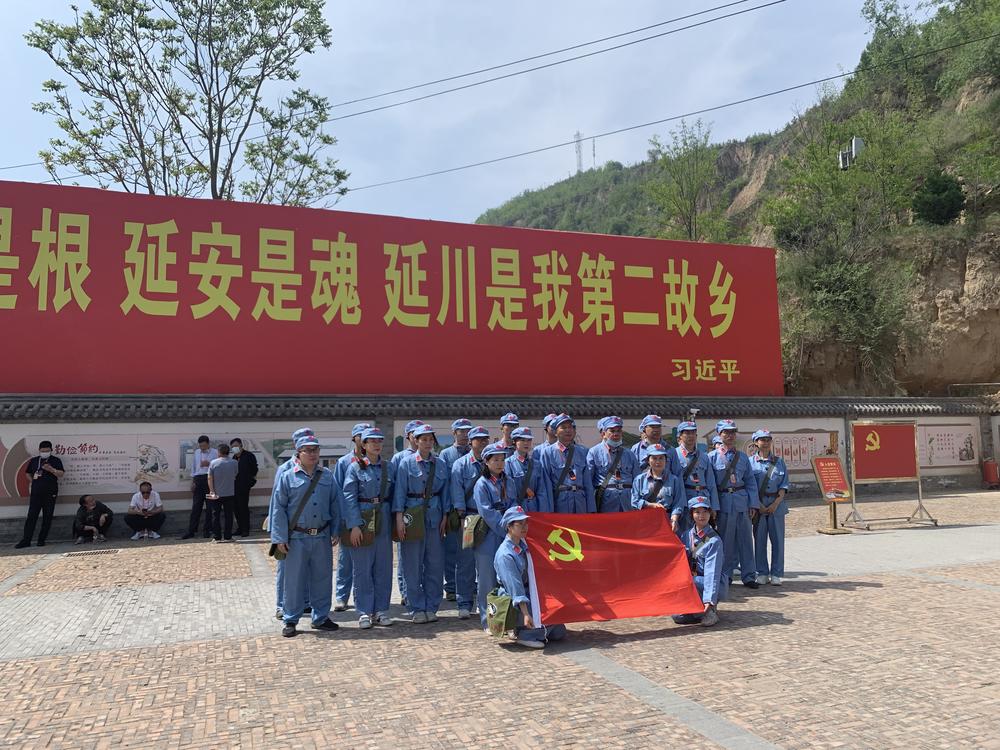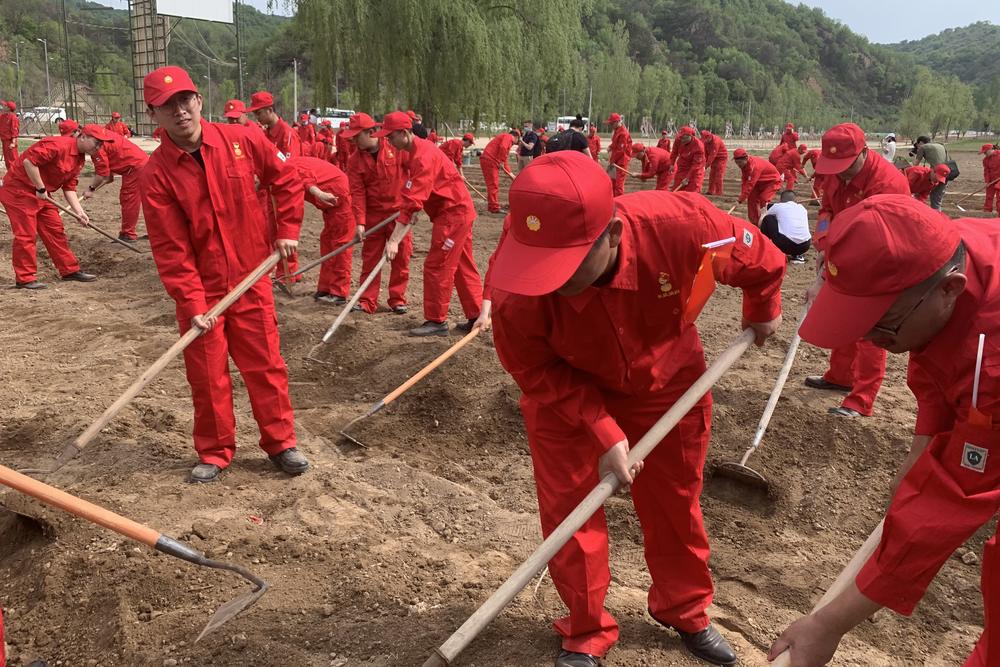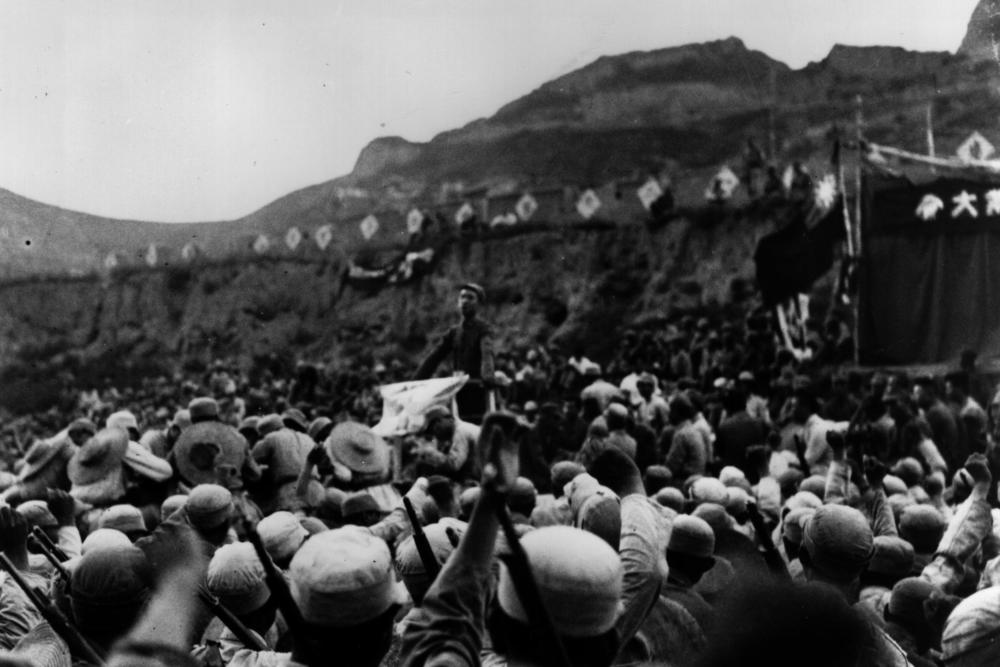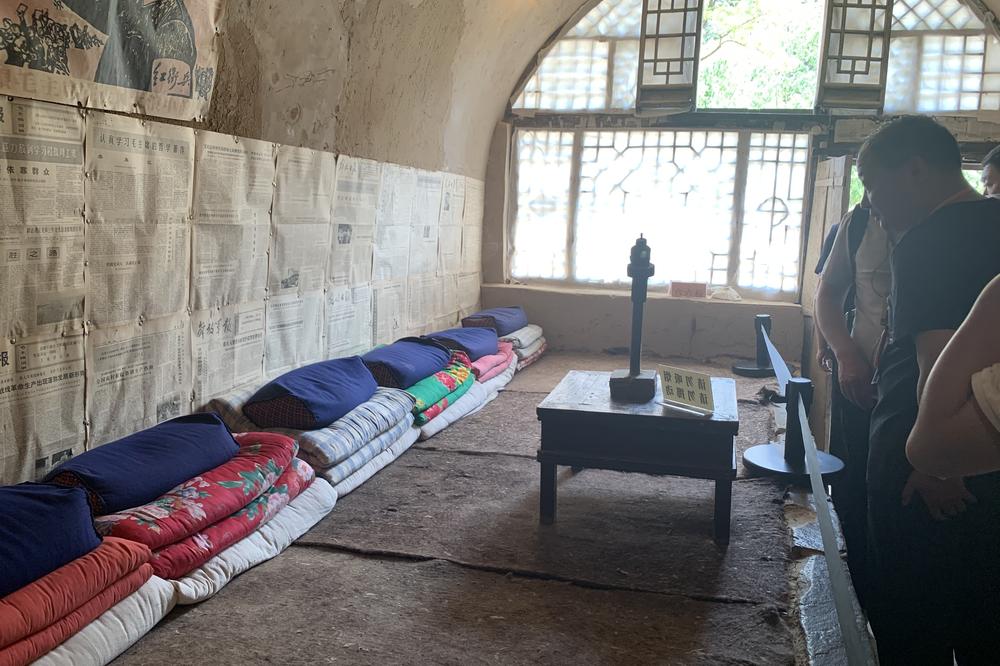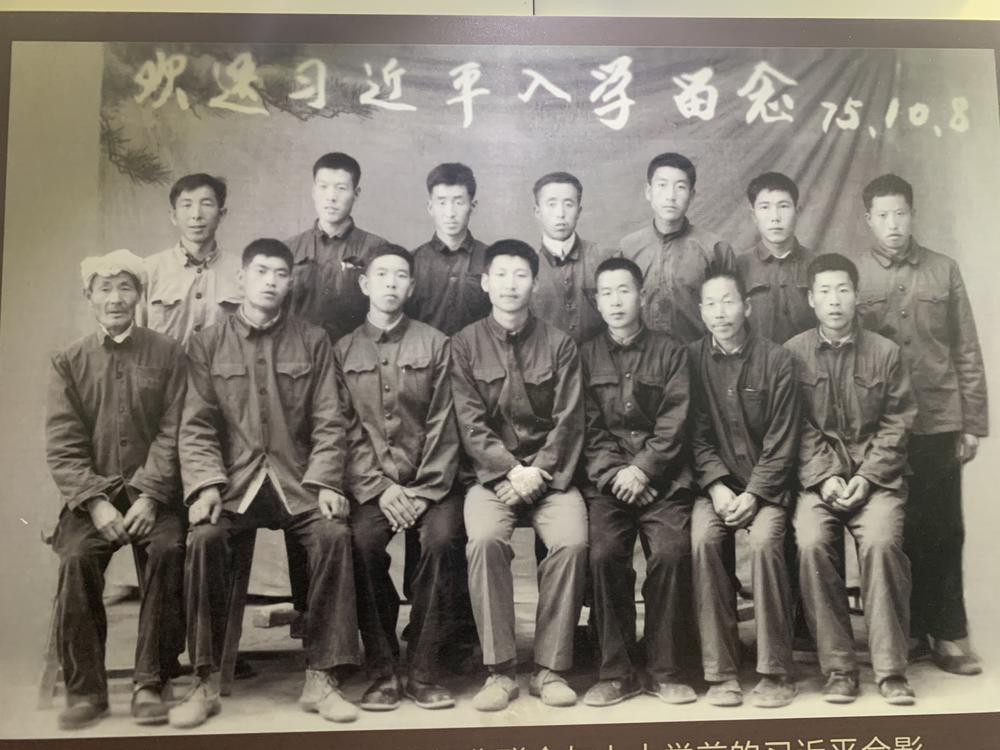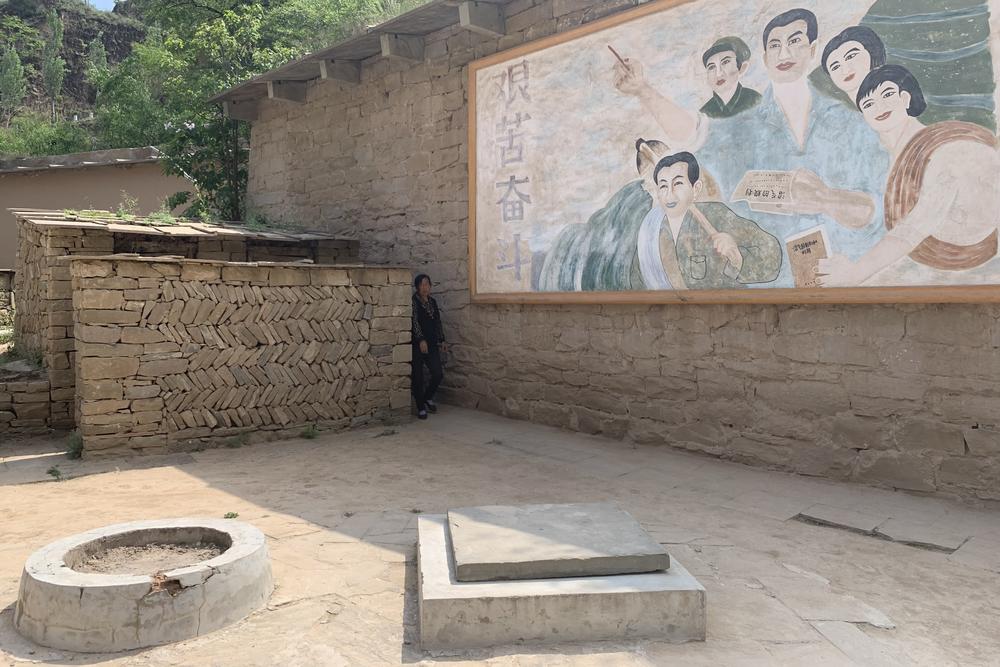Section Branding
Header Content
Chinese Tourists Throng 'Red Tourism' Sites To Mark Communist Party Centennial
Primary Content
ZUNYI, China — Some people splurge for beach vacations or a week in nature. Office worker Huang Ge recently decided to spend his week off touring Zunyi, a remote, mountainous town in southern China that's important to his country's modern political history.
"China's Communist Party influenced my sense of social responsibility," says Huang, who lives in the southern province of Guangdong. "My understanding of the party continues to modernize, and coming to these sites replenishes my faith in the party."
With the 100th anniversary of the Chinese Communist Party approaching on July 23, President Xi Jinping has ordered a nationwide education campaign to reinforce party history and doctrine. A renewed ideological emphasis on glorifying — and censoring — party history has turned far-flung sites into mainstream tourist destinations.
Zunyi is one of about 180 officially designated "red tourism" sites the state has refurbished in the last decade. As of 2019, such tourism in China attracted more than 73 million visitors a year.
"No matter how far we go, we must not forget the glorious future that lies ahead, nor must we forget the past and why we started," Xi wrote in essay published in February in a major Communist Party magazine. "The history of China's revolution is the best nourishment."
Red tourism helps bolster the Communist Party's historical narrative
Red tourism is not just a recreational exercise in patriotism. Encouraging a strong connection to the state-approved historical narrative is also a way for Chinese authorities to justify and enhance the political pedigrees of party leaders like Chairman Mao Zedong and increasingly, Xi himself.
It's also part of Xi's effort to prevent China from the fate of the Soviet Union.
"Xi concluded the USSR lost control of the narrative of its own history, which meant people lost faith in the Communist Party's historic mission," says Joseph Torigian, an assistant professor at American University who studies elite Chinese politics. "Part of that means seeing the Chinese Communist Party as the only historic force that can save China."
The party's interest on maintaining a spotless historical record means that more objectionable elements are entirely expunged from red tourism sites. For example, Yan'an exhibitions and tour guides make no mention of a political purge Mao led there, which sent thousands of early party members to prison or execution. In the run-up to the party's 100th birthday, those who are seen challenging the political record can now be charged with the crime of "historical nihilism."
Justifying the right to rule is not clear-cut in China's nominally Communist system. There are no popular elections, nor can the title of party chairman be inherited. Instead, Communist leaders must bolster their credibility by demonstrating their loyalty to party history and their commitment to socialist revolution.
Most red tourism sites are places where Mao consolidated power
It was in Zunyi, in 1935, that then-fledgling Communists took over and held a pivotal meeting. Because of a lack of written records, little is known about what happened at the meeting or who was even present. What is clear is that Mao, then a young revolutionary, assumed more control of the party, wresting influence from the Soviets and a handful of other ambitious Chinese cadres, or party members.
Most red tourism sites have been chosen because they are where Mao consolidated political power.
"To put it succinctly, Chairman Mao rose as leader of the Communist Party here, and without Mao, China's path forward would be very difficult," says Wang Xiu, a tourist dressed up in a rented costume to look like a People's Liberation Army soldier who fought under Mao.
According to official party history, "Mao Zedong Thought" — the party's guiding philosophy that Marxism could be adapted to an agrarian Chinese society, not just an industrial society like Europe's in the 19th century — has its roots in the Zunyi meeting as well.
"Our current leader Xi Jinping is the inheritor of the road set out by Mao Zedong Thought, which all started here," says Wang.
Tourists take part in activities to emulate the lives of the first Communists
Before arriving in Zunyi, Communist soldiers fighting the Kuomintang had beat a retreat from China's eastern coast on foot, navigating thousands of miles of dirt roads and icy mountains to the city of Yan'an in the heartland of China's dusty northern plains. That trek is now called the Long March, an exodus that has taken on biblical status in party lore.
Today, Yan'an is a popular destination for mid-level party cadres who come to emulate the successes of their revolutionary predecessors.
Until 1947, the party had its headquarters in Yan'an. Sometimes, cadres struggled to grow enough food from the yellow, powdery loess for which the region is known. Now tourists till the soil for fun.
"By doing manual labor, we can understand how hard it was for the party at the time," says Sun Wei, a 34-year-old oil and gas engineer, as he tends to pumpkin sprouts in much the way early Communists would have done 90 years ago.
These acts are meant to inspire a new generation of Communists. Current party leaders and low-level cadres make annual trips here to burnish their revolutionary credentials — an important task as bureaucrats are increasingly expected to demonstrate loyalty to the party.
A village that's an open-air shrine to Xi Jinping
In 1969, a 15-year-old Xi Jinping came here too.
During the Cultural Revolution, an era of violent political purges in the 1960s, the teenage Xi was sent to Liangjiahe village, about 70 miles from Yan'an. His father had been purged and Xi was one of about 17 million young adults ordered to serve rural peasants by living among them and performing hard manual labor.
Xi's seven years in Liangjiahe were transformative and helped inspire his own doctrine — "Xi Jinping Thought on Socialism with Chinese Characteristics in the New Era" — according to a four-part memoir Xi later penned about his experience.
"All the wars and struggles during the revolutionary years contributed to building up Mao's legitimacy inside the party," says Jiangnan Zhu, an associate professor of China studies at the University of Hong Kong. "This kind of set a precedent for later party leaders that top leaders are expected [to] develop their thoughts guiding the development of the party-state."
Liangjiahe village is now an open-air shrine to Xi. Visitors can see an underground chamber that Xi is said to have hand-dug, a place to ferment human and cow feces into natural gas. Tourists crowd around a metalworking cooperative Xi helped found to make modern farming tools for villagers.
But the village's main attraction is a series of caves dug directly into the hard earth. That's is where Xi and other sent-down youth lived for nearly seven years.
On a cave wall are portraits of Mao, Deng Xiaoping and Xi, forming an ideological family tree in which Xi is presented as the equal of — and successor to — these two foundational party leaders.
"Chairman Mao had almost magical abilities and amazing foresight. He saw China's big changes would fall on the next generation of leaders, like Xi Jinping," says Yu Anli, a visitor. "Xi is carrying out Mao's legacy."
Copyright 2021 NPR. To see more, visit https://www.npr.org.
